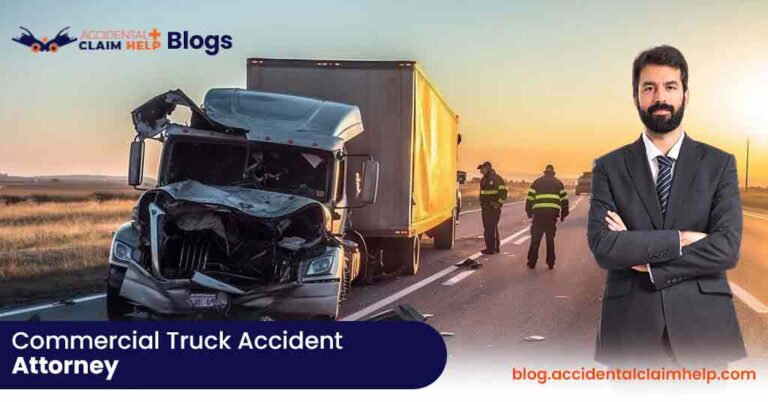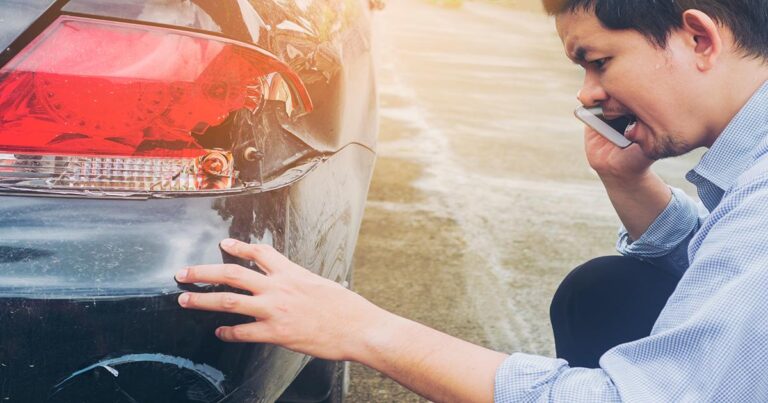Where Do Broadside Collisions Most Commonly Occur?
Broadside collisions, also known as T-bone accidents, are some of the most dangerous types of vehicle crashes. These accidents often result in severe injuries or fatalities because the sides of vehicles offer less protection compared to the front or rear. But where do these broadside collisions most commonly occur? Mostly, such kind of accidents happen at intersections where vehicles from different directions cross paths, creating a high risk of a T-bone impact. Knowing the common locations for these accidents can help drivers stay alert and reduce the likelihood of being involved in one. In this blog post, we will cover important considerations regarding broadside collisions.
The Most Common Locations for Broadside Collisions
1. Intersections: The Primary Hotspot
Intersections are the most common locations for broadside collisions. Here, vehicles from different directions converge. At intersections, there are great possibilities of the chances of one car striking the side of another. Traffic lights, stop signs, and uncontrolled intersections are particularly risky areas where broadside collisions frequently occur.

- Traffic Light Intersections: When a driver violates the law, runs a red light, or makes an illegal turn, it can lead to a T-bone collision with a vehicle legally crossing the intersection.
- Stop Sign Intersections: Motorists at these stop-sign type of intersections often fail to pay attention to other vehicles, which consequently results in broadside collisions.
- Uncontrolled Intersections: In rural or suburban areas, intersections without traffic signals or signs are particularly dangerous as drivers may not be sure about the right way. Everybody tries to cross the intersections rapidly because there are no rules and reglautions defined at these kind of roads.
2. Highway Merges and Exits: Unexpected Danger Zones
While intersections are the most common, broadside collisions can also occur on highways, particularly at merge points and exits. Merging lanes and exit ramps require drivers to be expert in driving, well aware of their surroundings and judge gaps in traffic accurately.
- Merging Lanes: Drivers entering a highway may misjudge the speed of oncoming traffic or fail to check blind spots . All this can lead to side-impact collisions.
- Exit Ramps: Vehicles exiting the highway may collide with cars on the access road if they fail to yield or merge safely.
Factors Contributing to Broadside Collisions
1. Driver Inattention and Distracted Driving
One of the leading causes of broadside collisions is driver inattention. When a driver is distracted by their phone, GPS, or other in-car activities, they are less likely to notice traffic signals or other vehicles, leading to accidents at intersections or highway merges.
2. Poor Visibility and Weather Conditions
Low visibility, whether due to fog, rain, or poorly lit areas, increases the risk of broadside collisions. Drivers may not see stop signs, traffic lights, or other vehicles in time to react, leading to these dangerous accidents.
Preventive Measures to Reduce Broadside Collisions
1. Adhering to Traffic Signals and Signs
One of the simplest ways to prevent broadside collisions is by strictly adhering to traffic signals and signs. Running red lights or ignoring stop signs are common causes of T-bone accidents, and following these rules can significantly reduce the risk.
2. Defensive Driving Techniques
Defensive driving involves being aware of other drivers’ actions and anticipating potential hazards. By slowing down at intersections and being extra cautious at highway merges, drivers can avoid situations that may lead to broadside collisions.
The Role of Vehicle Design in Reducing Injuries
1. Side-Impact Protection
Modern vehicles are designed with side-impact protection features such as side airbags and reinforced doors to reduce injuries in the event of a broadside collision. If a driver is well-aware of these features, he can help consumers choose safer vehicles.
Related Post: Soft Tissue Injury Claims
2. Advanced Driver Assistance Systems (ADAS)
Vehicles equipped with Advanced Driver Assistance Systems (ADAS), such as blind-spot monitoring and automatic emergency braking, can help prevent broadside collisions by alerting drivers to potential dangers and even taking corrective actions.
FAQ’s
- What is a broadside collision?
Ans. A broadside collision, also known as a T-bone accident, occurs when the front of one vehicle strikes the side of another, forming a “T” shape. - Are broadside collisions more dangerous than other types of accidents?
Ans. Yes, broadside collisions are often more dangerous because the sides of vehicles have less protection compared to the front or rear. - How can I avoid a broadside collision?
Ans. You can avoid broadside collisions by following to traffic signals properly. You can use defensive driving techniques. Also, your vehicle is well-equipped with safety features like side airbags and ADAS. - What should I do if I witness a broadside collision?
Ans. If you ever see a broadside collision on the road, call emergency services immediately, provide assistance yourself if it is safe to do. Aslo you should be prepared to offer a witness statement.
5. Do broadside collisions always happen at intersections?
Ans. No, it is not always the situation. However, intersections are the most common locations, but broadside collisions can also occur on highways, particularly at merge points and exits.
Conclusion
Broadside collisions most commonly occur at intersections, espacially where traffic signals and signs are ignored. However, they can also happen at highway merge points and exits. Concluding this blogpost drivers can take strong preventive measures to reduce the risk of involvement in such dangerous collisions. But for this purpose, proper knowledge of the common locations and contributing factors of these accidents is essential. Whether through adhering to traffic rules, employing defensive driving techniques, or investing in vehicles with advanced safety features, it’s possible to minimize the chances of a broadside collision.







